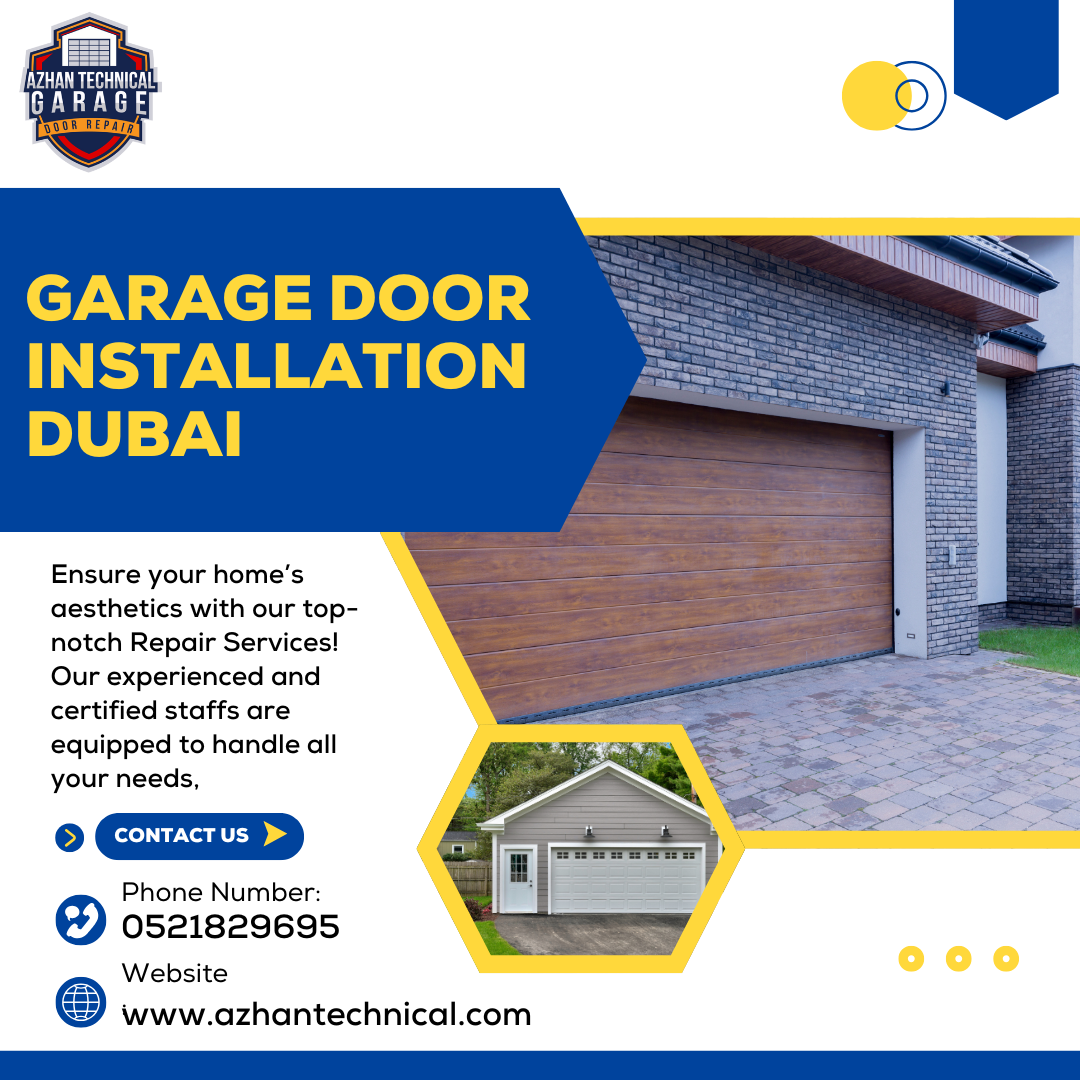Effective Ventilation Solutions: Enhancing Indoor Air Quality and Comfort
Ventilation is a critical aspect of building design and operation, impacting indoor air quality (IAQ), occupant comfort, and energy efficiency. With growing awareness of health issues related to poor air quality, effective ventilation solutions are more important than ever. This article explores various ventilation strategies, their benefits, and best practices for implementation.
Understanding Ventilation
Ventilation refers to the process of exchanging indoor air with outdoor air to ensure a healthy and comfortable living or working environment. It plays a vital role in:
- Removing Contaminants: Effective ventilation helps eliminate pollutants, allergens, and excess moisture, reducing the risk of respiratory issues and other health problems.
- Temperature Control: Ventilation contributes to thermal comfort by regulating indoor temperatures, particularly in spaces where heating or cooling systems may not suffice.
- Odor Management: Adequate airflow helps dissipate unpleasant odors from various sources, including kitchens, restrooms, and industrial processes.
Types of Ventilation
Natural Ventilation
Natural ventilation relies on the natural movement of air through openings such as windows, doors, and vents. It harnesses wind and thermal buoyancy to create airflow. Key features include:
- Window Placement: Strategically placing windows to facilitate cross-ventilation can significantly improve airflow. For example, placing operable windows on opposite walls allows for effective air exchange.
- Stack Ventilation: This method uses vertical shafts to draw cool air in and expel warm air, utilizing the natural tendency of hot air to rise.
Benefits:
- Low energy costs, as it does not rely on mechanical systems.
- Enhanced occupant satisfaction due to a connection with the outdoors.
Challenges:
- Weather dependency and limited control over airflow.
- Potential security and noise issues.
Mechanical Ventilation
Mechanical ventilation involves the use of fans and ventilation systems to control airflow. It can be further categorized into:
- Exhaust Ventilation: This system removes indoor air, creating a negative pressure that pulls fresh outdoor air into the building through passive openings. It’s commonly used in kitchens and bathrooms.
- Supply Ventilation: This system introduces outdoor air into the building, creating positive pressure. It typically includes filters and fans to improve air quality.
- Balanced Ventilation: This system incorporates both supply and exhaust methods, ensuring that the same amount of air is brought in and expelled. Heat recovery ventilators (HRVs) and energy recovery ventilators (ERVs) are common examples, which exchange heat between incoming and outgoing air to improve energy efficiency.
Benefits:
- Greater control over airflow and indoor air quality.
- Ability to filter incoming air, reducing contaminants and allergens.
Challenges:
- Higher installation and operational costs compared to natural ventilation.
- The need for regular maintenance to ensure system efficiency.
Hybrid Ventilation
Hybrid ventilation combines natural and mechanical systems to optimize indoor air quality and energy efficiency. This approach can be particularly effective in climates where conditions for natural ventilation are not consistently favorable.
Benefits:
- Flexibility to switch between natural and mechanical methods based on outdoor conditions.
- Enhanced energy efficiency, as natural ventilation can be used when conditions allow, reducing reliance on mechanical systems.
Challenges:
- Complexity in design and control systems.
- Potential higher upfront costs for installation.
Best Practices for Effective Ventilation
1. Assess Building Requirements
Before implementing a ventilation solution, conduct a thorough assessment of the building’s needs. Consider factors such as:
- Building size and occupancy
- Purpose of the space (e.g., residential, commercial, industrial)
- Local climate and environmental conditions
2. Prioritize Indoor Air Quality
To improve IAQ, select ventilation systems that incorporate air filtration and purification technologies. High-efficiency particulate air (HEPA) filters and UV light systems can significantly reduce airborne contaminants, including allergens, dust, and pathogens.
3. Implement Smart Controls
Incorporating smart controls and sensors can optimize ventilation efficiency. These systems can monitor indoor air quality parameters, such as CO2 levels and humidity, adjusting airflow rates automatically to maintain comfort and health.
4. Regular Maintenance
Routine maintenance of ventilation systems is essential to ensure optimal performance. This includes:
- Cleaning or replacing filters regularly.
- Inspecting and servicing mechanical components.
- Ensuring that ducts and vents are clear of obstructions.
5. Educate Occupants
Informing building occupants about the importance of ventilation can promote a culture of health and comfort. Encourage the use of windows when weather permits and provide guidance on how to use mechanical systems effectively.
Energy Efficiency Considerations
While ensuring adequate ventilation is crucial, energy efficiency should not be overlooked. Effective ventilation solutions can significantly reduce energy consumption when designed with efficiency in mind. Here are a few strategies:
- Use Energy Recovery Ventilators (ERVs): These systems can transfer heat and moisture between incoming and outgoing air streams, reducing the energy needed to heat or cool the building.
- Optimize System Design: Properly sizing ventilation systems to match the building’s requirements prevents overworking equipment and wasting energy.
- Consider Passive Design Strategies: Incorporating architectural elements such as overhangs, light shelves, and landscaping can enhance natural ventilation while reducing reliance on mechanical systems.
Conclusion
Effective ventilation solutions are essential for maintaining healthy indoor environments. By understanding the various types of ventilation—natural, mechanical, and hybrid—building owners and managers can select the best approach based on specific needs and conditions. Prioritizing indoor air quality, incorporating smart technologies, and adhering to best practices will ensure that ventilation systems contribute to occupant comfort, health, and energy efficiency. As awareness of air quality issues grows, investing in effective ventilation will remain a priority for modern buildings, promoting better health outcomes and enhancing overall quality of life.










